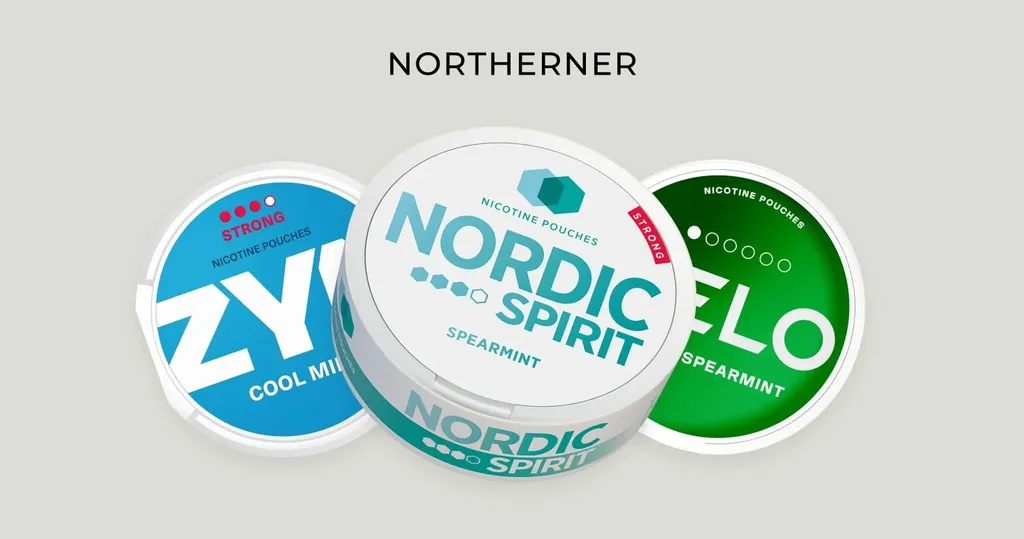Have you ever stared blankly at a page, a screen, or a problem, desperately seeking a spark of ingenuity? The quest for original ideas can feel like an uphill battle. But what if I told you that originality isn’t some mystical gift bestowed upon a chosen few, but rather a skill you can cultivate? Let’s dive into some practical strategies to help you kickup original thought and unlock your creative potential.
The Playground of the Mind – Setting the Stage
Before we jump into techniques, it’s important to understand the environment where originality thrives. Think of your mind as a playground. A playground needs certain elements to encourage play. What are they?
-
Freedom from Judgment – First, loosen the reins. Critique is useful later, but in the initial stages of idea generation, it’s a creativity killer. Allow yourself to suggest even the most outlandish concepts. The “what if?” game can lead to unexpected breakthroughs.
-
Information Input – A stagnant pool breeds nothing but algae. Feed your mind with diverse information. Read books outside your usual genre, watch documentaries on unfamiliar topics, listen to podcasts with diverse viewpoints. The more raw material you have, the more connections your brain can forge.
-
Time and Space – Creativity rarely flourishes under pressure. Carve out dedicated time and space for brainstorming, free from distractions. This could be a quiet corner in your home, a park bench, or even a coffee shop. The key is to find a place where you feel comfortable and inspired.
Techniques to Kickup Original Ideas
Now, let’s get practical. Here are a few techniques you can use to kickstart your originality engine –
-
SCAMPER – This is a powerful checklist that prompts you to think about existing ideas in new ways. SCAMPER stands for Substitute, Combine, Adapt, Modify/Magnify/Minimize, Put to other uses, Eliminate, and Reverse. Let’s say you’re trying to improve a standard water bottle.
-
Substitute – Could you substitute plastic with a biodegradable material?
- Combine – Could you combine the water bottle with a filtration system?
- Adapt – Could you adapt the shape of the bottle for easier grip?
- Modify/Magnify/Minimize – Could you modify the bottle to keep water colder for longer? Could you magnify its size for longer trips? Could you minimize its size for portability?
- Put to other uses – Could the bottle be used as a makeshift weight for exercise?
- Eliminate – Could you eliminate the need for a bottle altogether with a wearable hydration system?
- Reverse – Could you reverse the opening mechanism for easier cleaning?
<! >
- By systematically applying these prompts, you can unlock a wealth of fresh perspectives.
<! >
-
Random Word Association – Open a dictionary or thesaurus to a random page and pick a word. Then, try to connect that word to the problem you’re trying to solve. This might seem nonsensical, but it forces your brain to make unusual connections. For example, if your word is “galaxy” and you’re trying to design a new type of chair, you might start thinking about celestial shapes, vastness, or the feeling of floating in space. These associations could lead to innovative design concepts.
-
The Power of Constraints – Sometimes, limitations can be surprisingly liberating. Imposing artificial constraints can force you to think outside the box. For example, challenge yourself to design a website using only three colors, or write a short story using only one-syllable words. The restrictions will force you to be more resourceful and creative.
-
Embrace Failure – Don’t be afraid to experiment and make mistakes. Failure is an inevitable part of the creative process. The key is to learn from your mistakes and keep moving forward. Thomas Edison famously said, “I have not failed. I’ve just found 10,000 ways that won’t work.” This is the mindset of a true innovator.
Cultivating a Mindset for Originality
Beyond specific techniques, cultivating a certain mindset is crucial for fostering originality.
-
Be Curious – Develop a genuine curiosity about the world around you. Ask “why” and “how” questions constantly. The more curious you are, the more opportunities you’ll find to identify problems and generate new solutions.
-
Seek Diverse Perspectives – Surround yourself with people who have different backgrounds, experiences, and viewpoints. Engage in conversations with those who challenge your assumptions and broaden your horizons.
-
Practice Mindfulness – Being present in the moment allows you to notice details and connections that you might otherwise miss. Mindfulness meditation can help you quiet the noise in your mind and create space for new ideas to emerge.
-
Document Your Thoughts – Keep a notebook or journal to record your ideas, observations, and inspirations. You never know when a seemingly insignificant thought might blossom into something truly original.
Ultimately, the ability to kickup original ideas is within everyone’s reach. It requires a combination of the right techniques, a nurturing environment, and a curious, open mindset. So, embrace the challenge, experiment fearlessly, and unlock your creative potential. You might surprise yourself with what you discover. And who knows, perhaps you will discover how to kickup original ideas in your workplace.
